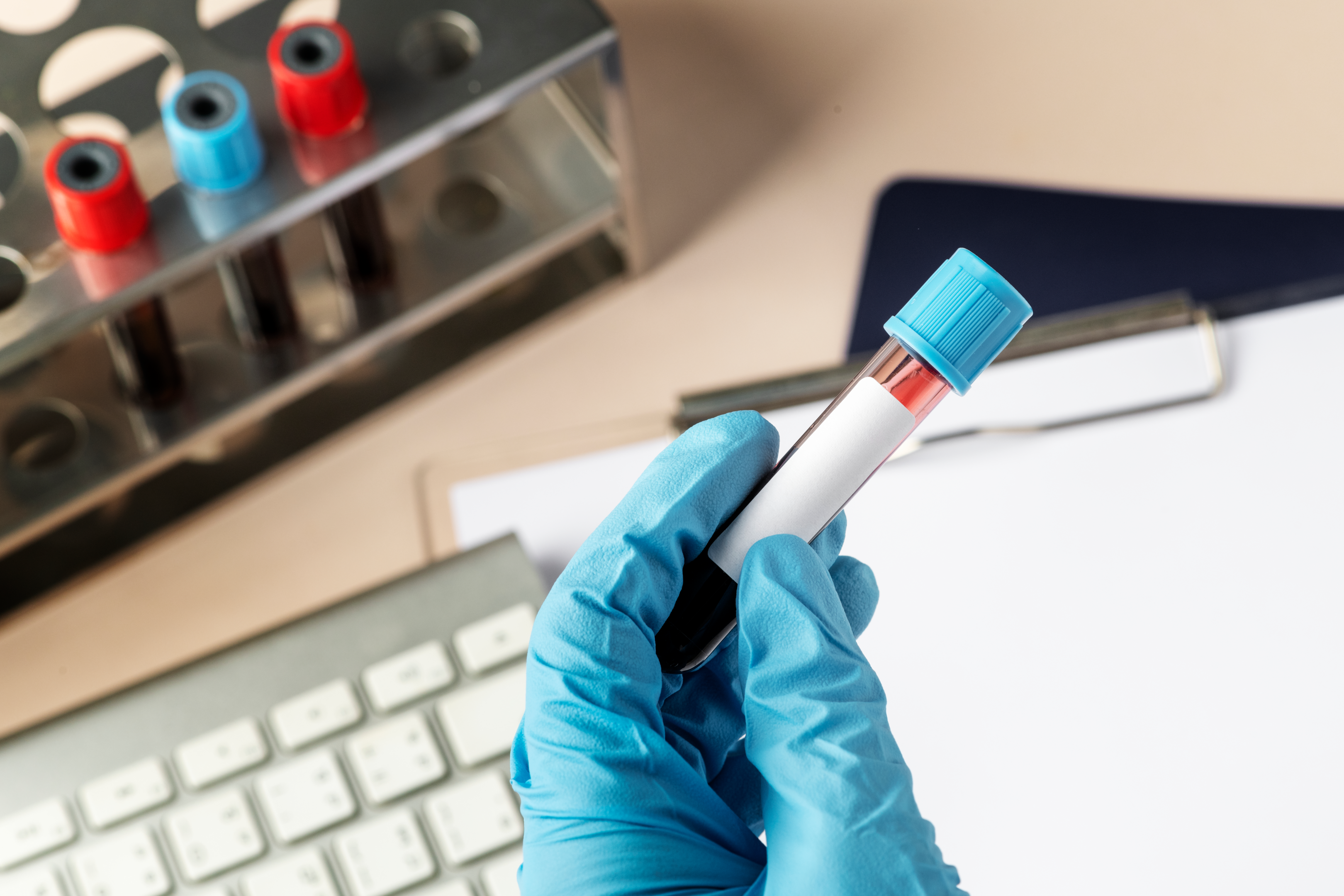What is the Highest Bilirubin Level?



Bilirubin is a yellowish pigment produced when red blood cells break down. It usually is present in the blood in small amounts. Still, high bilirubin levels can indicate a problem with the liver or other organs.
Bilirubin is a by-product of heme breakdown, a component of haemoglobin found in red blood cells. Once a red blood cell arrives at the end of its lifecycle, the liver and spleen break down the cells. The heme is converted into bilirubin, which is then excreted from the body in the bile.
The normal range for bilirubin levels in the blood is 0.3 to 1.0 mg/dL. Levels above this range are considered high and may indicate a problem with the liver or other organs. This is known as hyperbilirubinemia.
For each age group, there are different levels of what is considered a high bilirubin level.
For adults, if your levels are above 1.2, they are considered to be elevated. If your levels are 2.5 mg/dL, that is considered a high level of bilirubin in the blood.
Assess the quantity of bilirubin in your blood with a Welzo bilirubin blood test.
Several different conditions might result in abnormally high amounts of bilirubin, including:
Liver disease: The liver is responsible for removing bilirubin from the blood and excreting it in the bile. If the liver is damaged, or if it is not working usually, bilirubin levels may rise.
Haemolytic anaemia: In this kind of anaemia, red blood cells are lost quicker than they can be replenished. It can lead to high levels of bilirubin in the blood.
Gilbert's syndrome is a genetic condition affecting how the liver processes bilirubin. People with Gilbert's syndrome may have mildly elevated bilirubin levels.
Blocked bile ducts: If the bile ducts become obstructed, bilirubin can accumulate in the blood. Various conditions, including gallstones and pancreatic cancer, can cause this.
The treatment for high bilirubin levels will depend on the underlying cause. Treatment may include medications to reduce inflammation and improve liver function if the reason is liver disease. If the cause is haemolytic anaemia, treatment may involve taking supplements to replace lost red blood cells. If the cause is Gilbert's syndrome, treatment is typically unnecessary as the condition is generally benign. If the cause is blocked bile ducts, treatment may involve surgery to remove the blockage.
In summary, the highest bilirubin level measures the concentration of bilirubin in the blood. Normal levels are typically between 0.3 and 1.9 mg/dL. High bilirubin levels can be caused by various conditions, including liver disease, haemolytic anaemia, Gilbert's syndrome, and blocked bile ducts. Treatment will depend on the underlying cause.
Unconjugated bilirubin and conjugated bilirubin are both forms of bilirubin that can be found in the body. The levels of these two types of bilirubin and the total bilirubin level can be measured through a blood test called a serum bilirubin level. Elevated levels of unconjugated bilirubin, also known as indirect bilirubin, can signify conditions such as haemolytic anaemia. In contrast, high levels of conjugated bilirubin, also known as direct bilirubin, can be a sign of chronic liver disease. Working with a healthcare provider to monitor and manage abnormal bilirubin levels to maintain good health is vital.
Take this test to measure the bilirubin amount in your blood.
Plus get the inside scoop on our latest content and updates in our monthly newsletter.